详细说明
Species Reactivity
Human
Specificity
Detects human Caspase-1 in direct ELISAs and Western blots.
Source
Monoclonal Mouse IgG 2A Clone # 661228
Purification
Protein A or G purified from hybridoma culture supernatant
Immunogen
E.coli-derived recombinant human Caspase-1
Asn120-Asp297
Accession # P29466Formulation
Lyophilized from a 0.2 μm filtered solution in PBS with Trehalose. *Small pack size (SP) is supplied as a 0.2 µm filtered solution in PBS.
Label
Unconjugated
Applications
Recommended
ConcentrationSample
Western Blot
0.1 µg/mL
See below
Immunocytochemistry
8-25 µg/mL
See below
Please Note: Optimal dilutions should be determined by each laboratory for each application. are available in the Technical Information section on our website.
Data Examples
Western Blot | Detection of Human, Mouse, and Rat Caspase‑1 by Western Blot. Western blot shows lysates of A431 human epithelial carcinoma cell line, NIH‑3T3 mouse embryonic fibroblast cell line, and Rat‑2 rat embryonic fibroblast cell line. PVDF membrane was probed with 0.1 µg/mL of Mouse Anti-Human Caspase‑1 Monoclonal Antibody (Catalog # MAB6215) followed by HRP-conjugated Anti-Mouse IgG Secondary Antibody (Catalog # ). A specific band was detected for Caspase‑1 at approximately 45 kDa (as indicated). This experiment was conducted under reducing conditions and using . |
Immunocytochemistry | Caspase‑1 in THP‑1 Human Cell Line. Caspase‑1 was detected in immersion fixed THP‑1 human acute monocytic leukemia cell line using Mouse Anti-Human Caspase‑1 Monoclonal Antibody (Catalog # MAB6215) at 15 µg/mL for 3 hours at room temperature. Cells were stained using the NorthernLights™ 557-conjugated Anti-Mouse IgG Secondary Antibody (yellow; Catalog # ) and counterstained with DAPI (blue). Specific staining was localized to cytoplasm. View our protocol for . |
Preparation and Storage
Reconstitution
Sterile PBS to a final concentration of 0.5 mg/mL.
Shipping
The product is shipped at ambient temperature. Upon receipt, store it immediately at the temperature recommended below. *Small pack size (SP) is shipped with polar packs. Upon receipt, store it immediately at -20 to -70 °C
Stability & Storage
Use a manual defrost freezer and avoid repeated freeze-thaw cycles.
12 months from date of receipt, -20 to -70 °C as supplied.
1 month, 2 to 8 °C under sterile conditions after reconstitution.
6 months, -20 to -70 °C under sterile conditions after reconstitution.
Background: Caspase-1
Caspase-1, also known as IL-1 beta -converting enzyme (ICE), is an aspartic protease that plays a key role in the inflammatory response and apoptosis. Caspase-1 precursor (about 50kDa) can be cleaved and the active enzyme consists of a complex of two 20 kDa (aa 120-297) and two 10 kDa (aa 317-404) subunits which associate following cleavage of inactive precursors. Caspase-1 is required for proteolytic cleavage of the IL-1 beta precursor to form the active proinflammatory cytokine. Alternate splicing generates several additional Caspase-1 isoforms with deletions in the propeptide regions or also in the mature subunits. Within the large subunit, human Caspase 1 shares 61% aa sequence identity with mouse and rat Caspase-1.
Entrez Gene IDs:
834 (Human)
Alternate Names:
CASP1; CASP-1; caspase 1, apoptosis-related cysteine peptidase (interleukin 1, beta; caspase 1, apoptosis-related cysteine protease (interleukin 1, beta; Caspase1; Caspase-1; EC 3.4.22; EC 3.4.22.36; ICE; ICEP45; IL-1 beta-converting enzyme; IL1BC CASP1 nirs variant 1; IL-1BC; IL1BCE; IL1B-convertase; interleukin 1-B converting enzyme; interleukin 1-beta convertase; Interleukin-1 beta convertase; Interleukin-1 beta-converting enzyme; p45







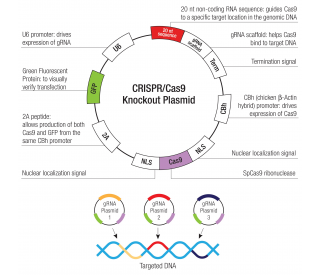

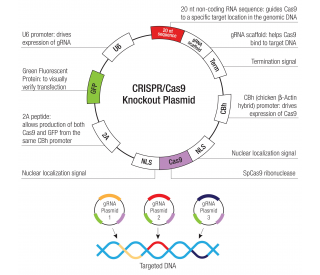
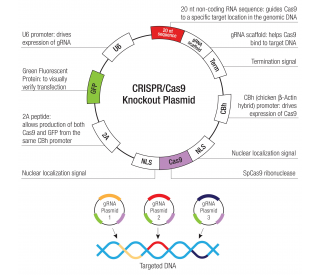


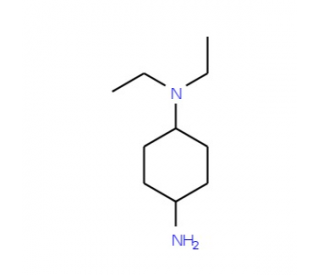

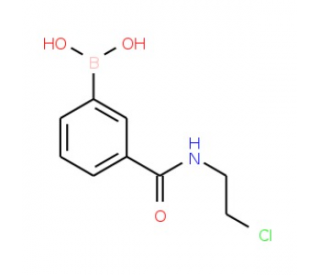
 粤公网安备44196802000105号
粤公网安备44196802000105号